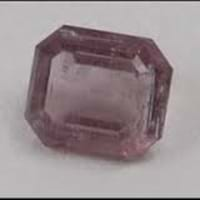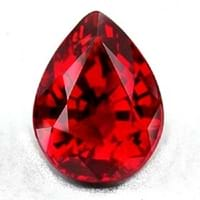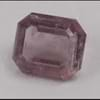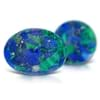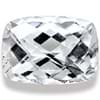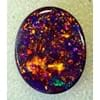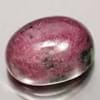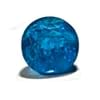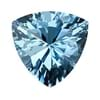Anhydrite Vs Ruby
Origin
Mexico
Burma, Sri Lanka, Thailand, Cambodia, Vietnam, Madagascar, Tanzania, Kenya
Color
Colorless, Blue, Violet, White, Brown, rose, gray
Red, pink
For which Rashi?
Not Available
Leo, Scorpio, Cancer, Sagittarius
Planet
Not Available
Mars
Element of Planets
Not Available
Not Available
Energy
Not Available
Projective
Finger
Not Available
Ring Finger
Ring Metal
Not Available
Gold, Copper
Deities
Not Available
Buddha, Krishna
Not to wear with
Not Available
Ruby, Blue Sapphire, Diamond, Gomedh
Powers
Not Available
Wealth, Joy
Planetary
Not Available
Not Available
Talisman
Not Available
Pisces
Solubility
Not Available
Not Available
Durability
Not Available
Not Available
Specific Gravity
2.90-2.98
3.97-4.05
Fracture
Conchoidal, Brittle, UnevenArthur Thomas, Gemstones (2009)
Conchoidal
Cleavage
Rare tabular and prismatic crystals. Usually occurs as fibrous, parallel veins that break off into cleavage fragments.
No true cleavage
Chemical Composition
CaSO 4Michael OâDonoghue , Gems, Sixth edition (2006) More from other references
Al 2 O 3
Luster
Pearly, Greasy
Vitreous, Adamantine
Pleochroism
For violet varieties
Strong: purplish-red
Transparency
Transparent
Transparent, Translucent, Transparent to opaque
Refractive Index
1.570-1.614
1.762-1.778
Optic Character
Not Available
Not Available
Crystal System
Orthorhombic
Trigonal
Birefringence
0.042-0.044
0.008
Clarity
Transparent
Transparent
Neurological
Not Available
Not Available
Cardiovascular
Not Available
Not Available
Respiratory
Not Available
Not Available
Reproductive
Not Available
Not Available
Digestive
Not Available
Not Available
Psychology
Not Available
Not Available
Healing
Not Available
Not Available
Qualities Associated
Not Available
Not Available
Anhydrite Vs Ruby Fracture
Fracture is an important parameter when you compare Anhydrite and Ruby Physical Properties. It is necessary to understand the significance of these properties, before you compare Anhydrite Vs Ruby fracture. Whenever a gemstone chip breaks, it leaves a characteristic line along its breakage. Such lines are known as fracture and are used to identify the gemstones in their initial stages of production when they are in the form of rough minerals. Fracture is usually described with the terms “fibrous” and “splintery” to denote a fracture that usually leaves elongated and sharp edges. Fracture observed in Anhydrite is Conchoidal, Brittle, UnevenArthur Thomas and Gemstones (2009). Ruby fracture is Conchoidal.
Anhydrite Vs Ruby Luster
A primary knowledge about Anhydrite vs Ruby luster is useful in apparent identifications of these gemstones. Luster is the measure of light that gets reflected when incident on a finished cut gemstone. There are two major types of lusters: Silky and Adamantine. Since luster varies between two crystals of even the same gemstone, luster is limited to basic identification criteria. Anhydrite exhibits Pearly and Greasy luster. Ruby, on other hand, exhibits Vitreous and Adamantine luster.
